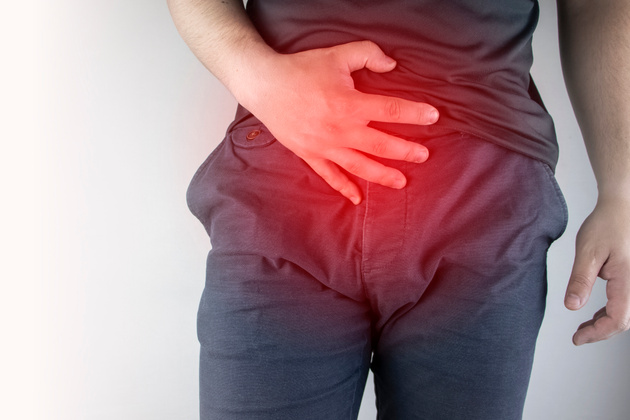Inguinal Hernia Symptoms and Inguinal Hernia Surgery
Hernia is a disorder that occurs in different parts of the body, disrupts the comfort of life and can cause serious health problems.

Hernia is a disorder that occurs in different parts of the body, disrupts the comfort of life and can cause serious health problems. It is seen in approximately 5% of the population.
What is a hernia?
A hernia is when one of the internal organs protrudes through a weak area of the body. It is often seen in the abdomen, and most commonly in the groin. The medical name of inguinal hernia is “inguinal hernia”.
The second most common hernia in the abdominal area is the umbilical hernia, medically called umbilical hernia.
Although inguinal and umbilical hernias are most common in the abdominal area, hernias can also occur in other weak areas of the abdomen. The intestines are most commonly seen inside the hernial sac, but other organs may be encountered rarely.
While a hernia can be present at birth, there are also types of hernia that occur depending on lifestyle. Obesity, constipation, lifting heavy loads, severe coughing and straining abdominal muscles can lead to hernia formation. Constant crying and constipation are the main factors in the formation of a hernia in babies with weak abdominal muscles. In addition to all these, a hernia may occur in the surgical area after previous abdominal surgeries.
What are the symptoms of hernia?
The main hernia symptoms are pain and swelling. If the intestines are herniated in a weak area of the abdomen, the movement of gas can be felt when you press on it. If the hernia becomes compressed or strangulated, nausea, vomiting and severe pain occur. In some cases, the hernia is not felt but may occur with straining and coughing.
hernia in the groin
Inguinal hernias account for 90% of all abdominal hernias. It is more common in men. Umbilical hernia is more common in women. Inguinal hernia can occur at any age, from infancy to old age. In an inguinal hernia, the swelling is in the groin. While the swelling is noticeable when standing and moving, it may improve when lying down. Other symptoms besides swelling are pain and constipation. There is also a type of hernia that is characterized by pain only in the groin without any swelling. This is called a point hernia. It is mostly seen in athletes and people with athletic builds. Point hernia is diagnosed by ultrasonography.
Hernia in babies manifests itself with the baby’s constant crying. On examination, swelling in the groin area is diagnostic. Sometimes the swelling can extend into the scrotum. In babies, this condition is often accompanied by constipation.
How is hernia treated?
Since there is a possibility of improvement over time, the treatment of umbilical hernia in babies can be delayed until the child is 4 years old. Inguinal hernias must be repaired surgically, regardless of age. A hernia that constantly moves in and out of place; It can cause severe pain, nausea and vomiting. The swelling is very hard and the hernia sac cannot be pushed back. This condition requires urgent surgical intervention. Hernia ligament and corset, which are frequently used among the public, have no place in medical treatment.



